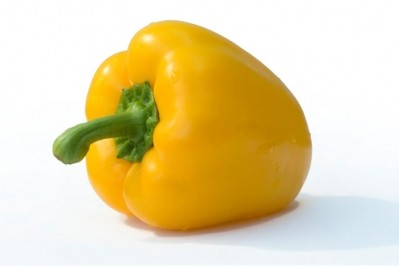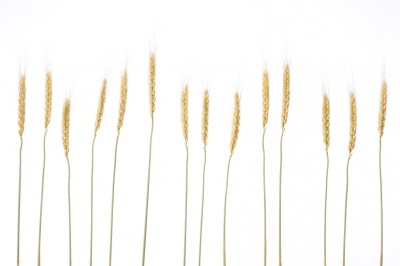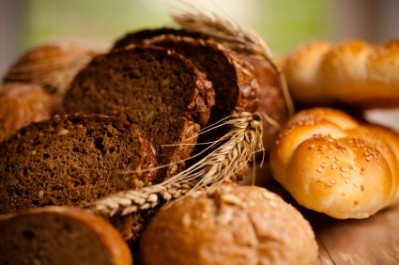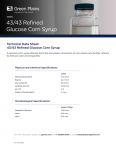SPECIAL EDITION: MINIMIZING COSTS THROUGH INGREDIENTS
Pick your bread side: Cheap and cheerful or health value?
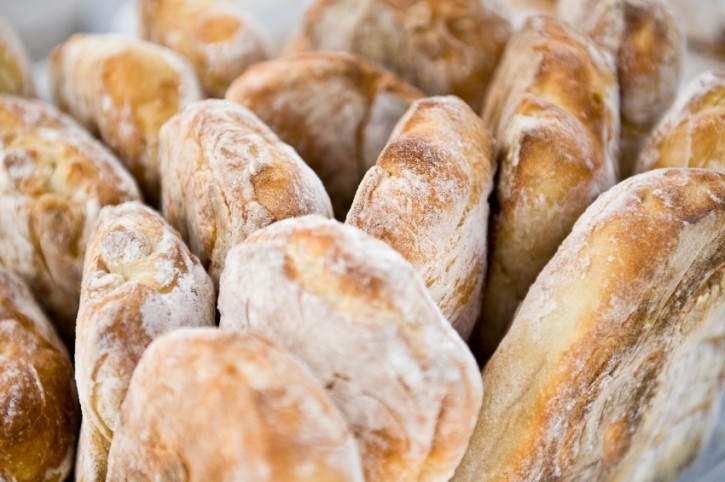
Manufacturers may be looking for ways to cut costs in an increasingly cash strapped environment, but is this what consumers really want?
Price still key for consumers
Chris Brockman, senior global food and drink analyst at Mintel, told BakeryandSnacks.com that low price is important to 41% of UK consumers when choosing bread, a figure that rises to 47% among 16-24 year olds and drops to 35% among the middle and upper-middle class.
Brockman said that when you look at higher income consumers they are much more interested in possible added benefits like health, with price becoming a less important consideration. He said that where priorities are placed is “very dependent” on the income of the consumer.
Price is second only to freshness, which is the most important factor by far when buying bread and baked goods. The research revealed that 66% of UK consumers rated this as a priority when buying bread.
Innovative ingredients
Brockman said that there has been a lot of talk around up-scaling in terms of the quality of bread with artisan bakeries appearing in certain affluent areas in the country and a focus on innovation in terms of ancient grains, seeds and adding extra health benefits into bread.
“Things like chia seeds have come into the European market in recent years and there’s a big focus in the Canadian market at the moment of vegetable fortified breads,” he said. “But still, price is fundamentally quite a strong driver,” he explained.
In terms of health-related factors, high fiber is considered the most important for bread (30%), followed by low salt and low calorie (both 12%). Brockman said that within the UK bread market the fastest growing sector is the “half and half compromise", which offers the taste of white but the added health benefits of fiber or wholegrain content in terms of ingredients used.
Boredom in a shrinking segment
Brockman said that launches like the Canadian veggie breads could help combat a decline seen in recent years within the bread sector. “Bread is a sector that is really, really struggling to maintain consumption levels and so trying to build health into product offerings has been a particular focus even though price is still going to be quite a big driver,” he said.
“Ancient grains and seeds, artisan descriptors and international flavors are some of the differentiating factors that can elevate bread above its mundane daily positioning,” Brockman said.
According to Mintel, brand differentiation remains weak, with brands only considered by 22% of shoppers when buying bread.
Brockman admitted that by offering added extra health benefits and offering variety in products, you have to look beyond price. “If you’re just offering a sliced white loaf and there’s five products on the shelf that are quite similar then that’s when the price comparisons are going to come in. If you’re offering something completely different - that’s when you get over the price issue,” he said.
“Trying different types of bread appeals to the majority (65%) of users, suggesting engagement with the market and the vital role of new product development in maintaining this,” Brockman said.
He suggested that experimentation may tackle potential boredom among consumers with the products currently on offer, and that there is a market for both standard low priced loaves and more expensive products which incorporate more unusual ingredients.
“There’s a market for both. Yes, the volume market is going to be in the mainstream, lower price bracket. But when overall volumes are declining maybe there’s more potential in the higher end of the market where there’s better margins. Quantity may be lower but the possibility may be better,” he said.
For more on this special edition:
Bakers look to commodity supply for cost management
Understanding key commodities: Wheat buying tips for European bakers
Enzymes have money-saving potential, says Campden BRI
On the cheap: Bakers must look beyond ingredients to cut costs
